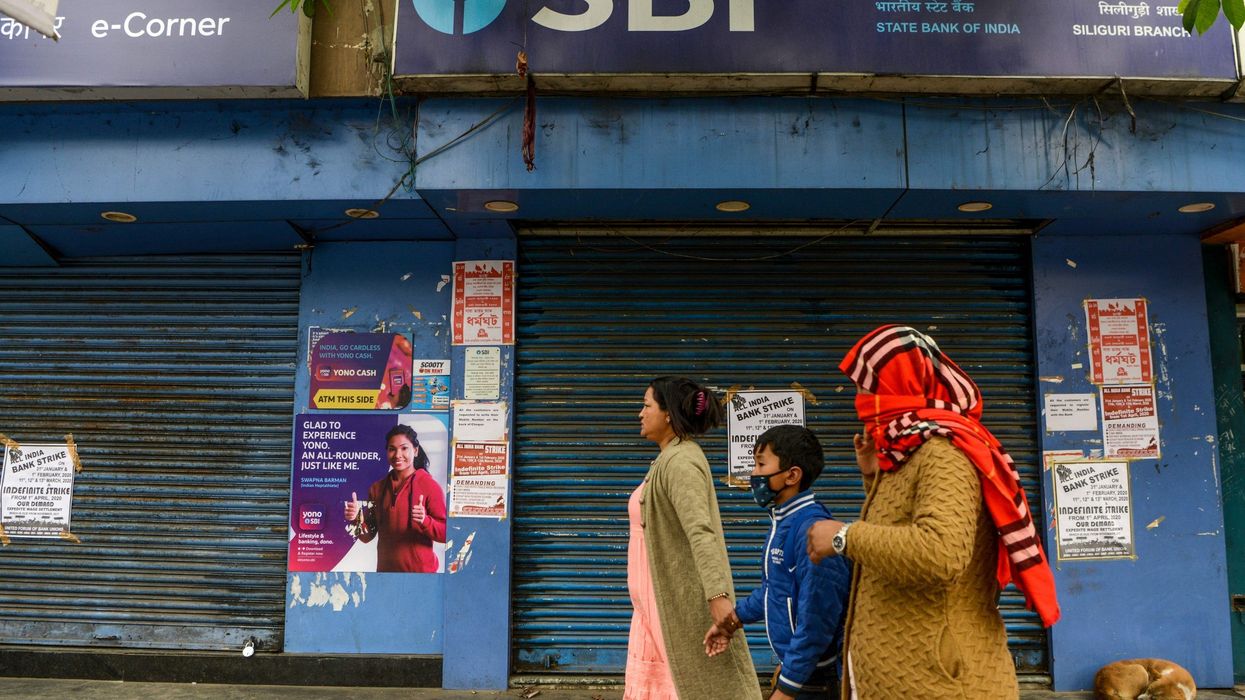INDIA’S biggest bank, the State Bank of India (SBI), has reported an increase of 80 per cent in standalone net profit at Rs 64.51 billion (£624.67 million) for the fourth quarter ended March 2021.
Increase in net profit was helped by decline in bad loans and higher interest income.
The bank registered a profit of Rs 35.80 billion (£346.68 million) during January-March period of 2019-20.
Net NPA or bad loans came down to 1.50 per cent as on March 31, 2021 from 2.23 per cent in the year-ago period, it said in a regulatory filing on Friday (21).
The lender reportedly received nearly Rs 40 billion (£387.32 million) as part of dues owed by bankrupt steelmaker Bhushan Power and Steel.
In March, JSW Steel acquired Bhushan Power and Steel and implemented the resolution plan for the company where SBI was the lead banker.
Total income of the lender during the March quarter of the last financial year rose to Rs 813.27 billion (£787.9 million), from Rs 760.27 billion (£736.77 million) in the same period of 2019-20.
On a consolidated basis, the bank reported a 60 per cent increase in net profit at Rs 72.70 billion (£70.43 million) compared to Rs 45.57 billion (£44.15 million) in the fourth quarter of the previous fiscal.
For the entire financial year 2020-21, the bank reported a 41 per cent jump in standalone profit at Rs 201.10 billion (£194.83 million), from Rs 144.88 billion (£140.42 million) in the previous financial year.
The central board of the bank has also declared a dividend of Rs. 4.00 (£0.04) per equity share for the financial year ended 31st March, 2021. This is the first payout by SBI since May 2017, when it had rewarded shareholders with Rs. 2.6 (£0.03) per share.
The bank has fixed June 18, 2021 as the date of payment of dividend.
Shares of SBI closed at Rs 401.10 per unit, up 4.3 per cent on the Bombay Stock Exchange (BSE) today.













